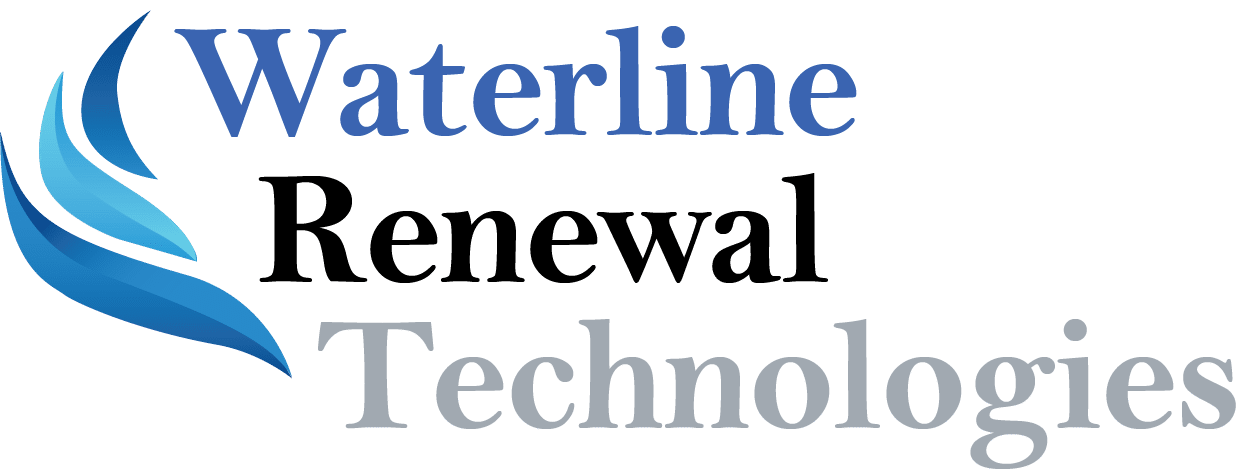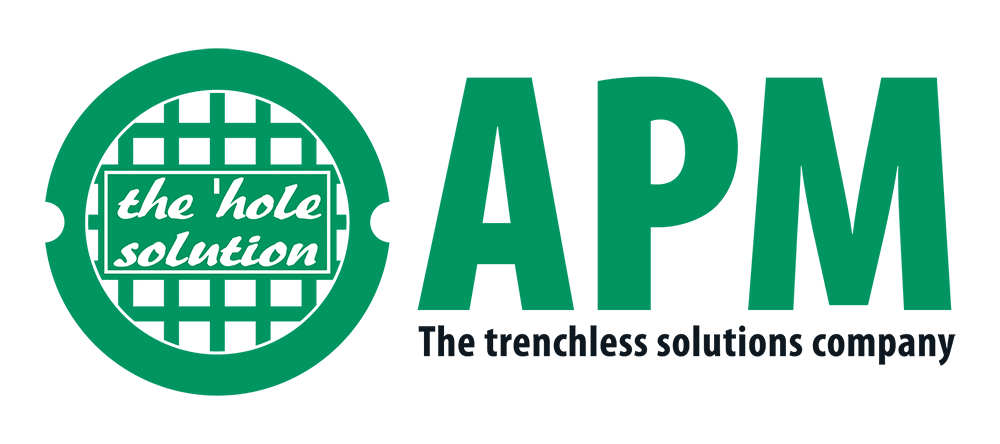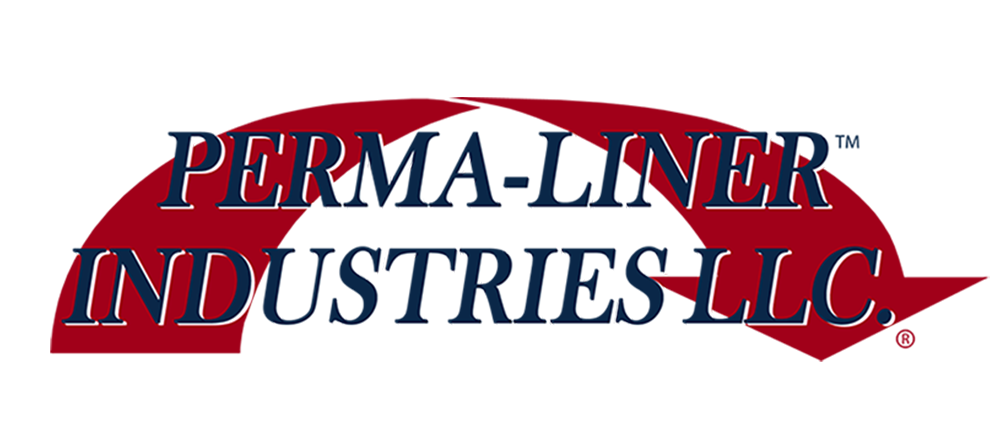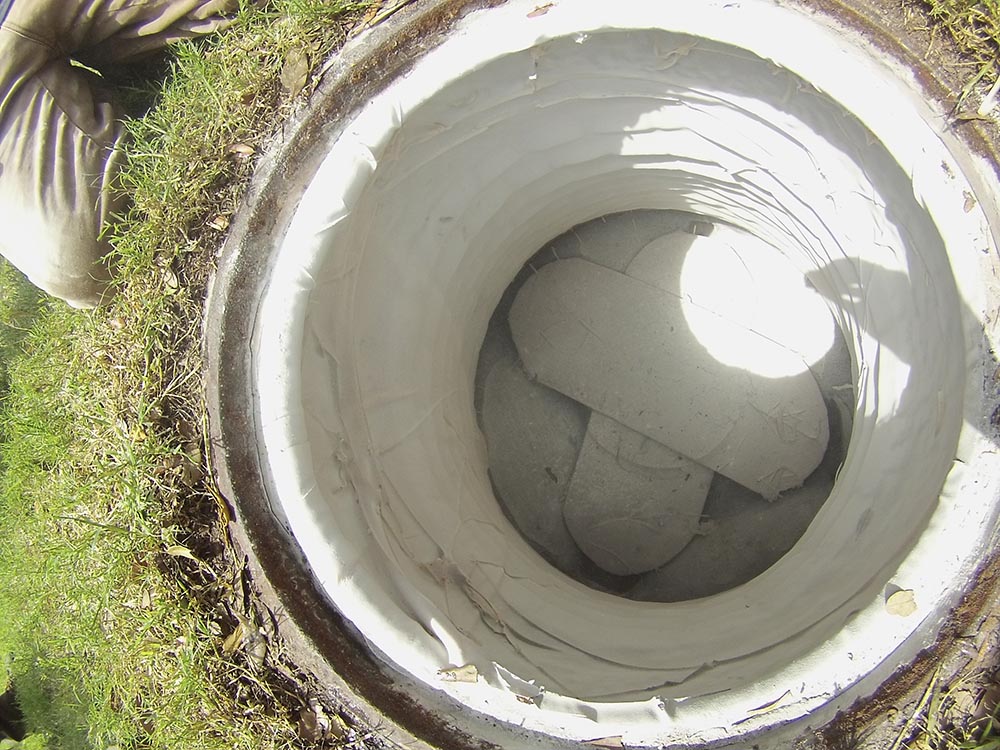The Roseburg Urban Sanitary Authority came into being in 1983 when three separate sanitary districts were combined to serve the city of about 30,000 people. Authority employees maintain the collections system while a separate entity, runs the authority’s treatment plant. RUSA is funded strictly by collections fees. While the agency is just over 30 years old, its infrastructure is a lot older. RUSA’s 160 miles of sewer mains include some that date back a century. RUSA also takes care of nine lift stations in its system, eight owned by the authority and one privately owned but maintained by RUSA crews. About two years ago RUSA implemented a more frequent rotation of CCTV sewer inspections across the system. That came after the agency began paying closer attention to the sites of sanitary sewage overflows caused by inflow and infiltration, often exacerbated by root penetration into the line. TV inspection is important for combating problems such as root growth because it can show what’s being missed during simple cleaning. In addition to routine visits to each lift station every week, crews give each a deep cleaning once a year, draining the wet well and removing all debris.
Residents, Environmental Services is also working on a project to increase the capacity of the Southwest Parallel Interceptor sewer system. The project is designed to accommodate current needs and potential growth. As a progress update: the installation will include approximately 1,000 feet of 24-inch concrete pipe and 6 manholes along SW Taylors Ferry Road, and 2 manholes on SW Virginia Avenue. Currently, there is one more manhole being worked on, along with 800 feet of 48-inch concrete pipe along SW Virginia Avenue, and a permanent odor control facility to the east of SW Taylors Ferry Road.










